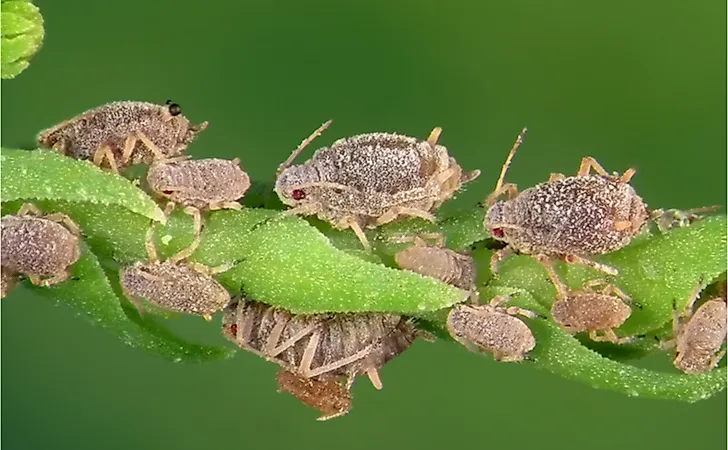What Is Parthenogenesis?

Parthenogenesis is a natural type of asexual reproduction that is quite common in invertebrates and lower plants. Parthenogenesis means the development and growth of embryos from unfertilized eggs. Parthenogenesis occurs in plants through apomixis. Some of the invertebrates which reproduce through this method include some parasitic wasps, bees, water fleas, nematodes, and mites. Parthenogenesis also occurs in some reptiles, amphibians, and fishes. Parthenogenesis rarely occurs in birds.
Some animals reproduce exclusively through parthenogenesis (obligate parthenogenesis), while others tend to switch between parthenogenesis and sexual reproduction (facultative parthenogenesis). The switch between parthenogenesis and sexuality is triggered by either lack of males, season, or conditions that favor fast population growth. Some of the animals which can reproduce sexually and using parthenogenesis include komodo dragons, sharks, snakes, water fleas, and crayfish. Over 80 species of unisex fishes, amphibians, and reptiles reproduce through obligate parthenogenesis.
How Does Parthenogenesis Occur?
Normal egg cells are haploids, and they are usually formed through meiosis. Parthenogenetic species have diploid chromosomes, and depending on the means used to restore the diploid-chromosomes, these individuals can have either half or all of their mother’s alleles. Species with 50% of their mother’s alleles are called as half clones, while the ones with all are referred to as full clones. Parthenogenesis occurs through either apomixis or automixis methods.
Apomictic Parthenogenesis
In apomictic parthenogenesis, the egg cells are produced through mitotic oogenesis. The female oocytes replicate via mitosis resulting in 2 diploid cells. These cells have all the necessary genetic materials required to develop into embryos. Organisms produced through this method are full clones of their mothers. Some of the organisms that reproduce through apomictic parthenogenesis include aphids and some flowering plants.
Automictic Parthenogenesis
In automixis, all organisms reproduce egg cells via meiosis. In oogenesis, the 2 daughter cells, which are produced from the primary oocyte, are usually not split equally. Asymmetrical cytokinesis results in the production of polar bodies (smaller cells) and an oocyte. The oocytes are usually haploids and become haploids after being fertilized. However, since parthenogenesis doesn’t involve fertilization, the oocyte becomes haploid by duplicating all its chromosomes or merging with a polar body. The process of doubling the number of chromosomes in an oocyte without undergoing cell-division is known as an endomitotic cycle. Organisms produced through automictic parthenogenesis are half clones of their mothers since they were produced through meiosis.
How Is The Sex Of The Offspring Determined?
The animals produced by apomictic parthenogenesis are full clones of their parents; therefore, they are usually females. The males produced through apomictic parthenogenesis do not have one of their X-chromosomes (XO). When the oocytes are produced through meiosis (automictic parthenogenesis), the sex of the individuals depends on the type of apomixis and the kind of sex-determination system. In organisms that use XY sex-determination, the female offspring produced parthenogenetically will have 2 X-chromosomes. In the ZW sex-determination system, the females will have ZW chromosomes, male ZZ-chromosomes, and the non-viable ones will have WW-chromosomes. The WW and ZZ are produced by terminal fusion, while the ZW individuals are produced through endo-replication right before meiosis.











